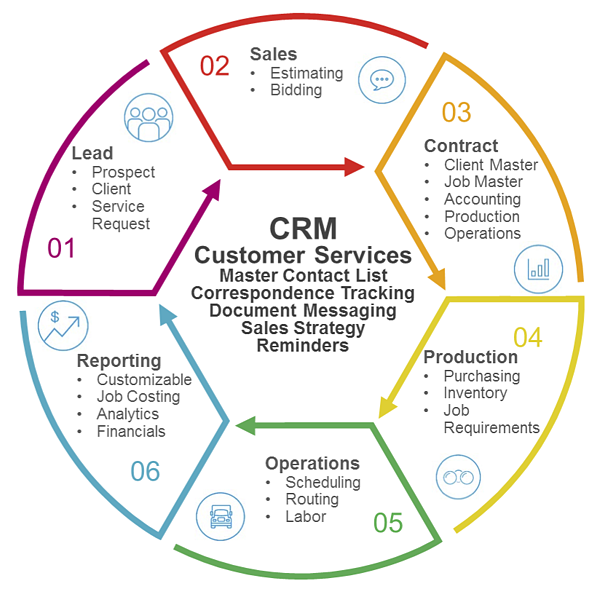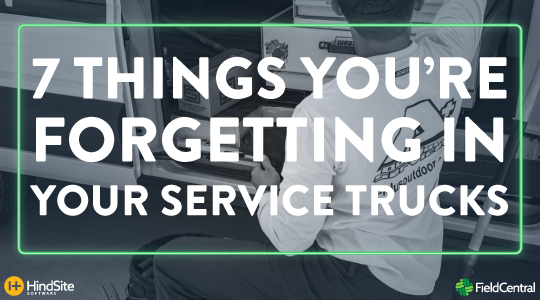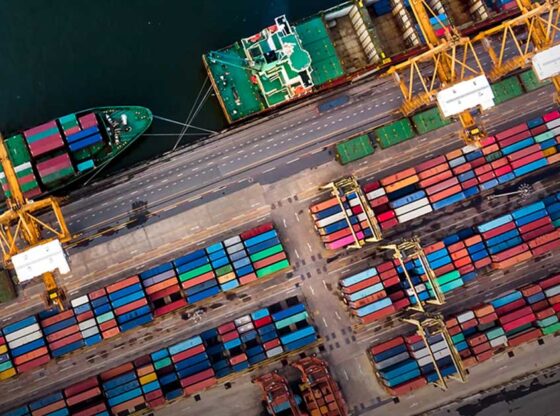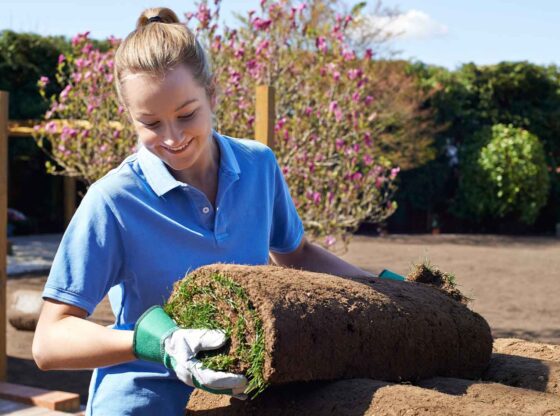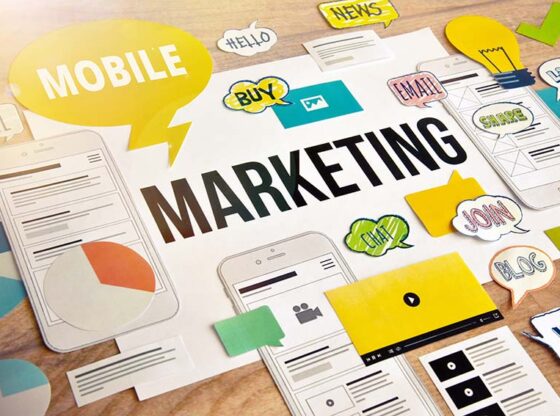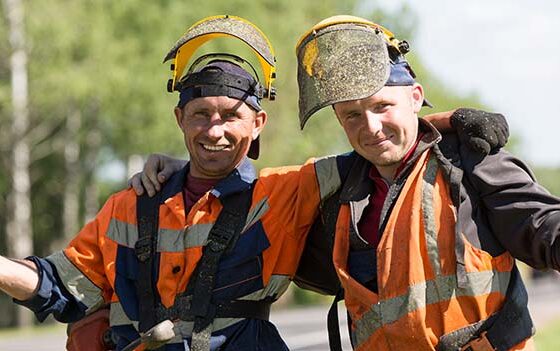Running a business can be a Herculean task. Paperwork, timesheets, payroll, Excel spreadsheets, invoices—before you know it, you’ve eaten a majority of your workday with mundane duties, leaving you less time to swing focus toward growing your business. Landscaping business owners, in particular, are stooped under the extra weight of warehouse management, shipment concerns, and service vehicle responsibilities.
How can green industry technology help maximize profit with minimal obligation? By weaving landscaping technology software into your business’s framework, you can streamline everyday business practices and drive profit gain through enhanced big picture strategies.
Grow Your Business With The Latest Landscaping Technology Trends
Landscaping software’s objectives are to simplify contractor’s jobs, automate billing and invoices, help monitor your crew’s performance, manage customer communication, and track project deadlines from a uniform system. With a community-sized pool of software consistently cropping up, zeroing in on the best one can be an overwhelming chore. However, carving out more time now to find the best software that satisfies your criteria will prevent future wasted hours.
Balancing ambition with pragmatism is the earmark of a successful business owner. Keeping realistic goals at the forefront of your business model not only will keep your system from breaking down, but also will help filter out companies that advertise overly idealistic results, like claiming they can solve 90% of your problems. Don’t be fooled; your aim is to alleviate extraneous but necessary time-wasters, not completely eliminate them. In this two-part series, we’ll highlight why hopping aboard the ever-expanding technological train can propel your business forward and what software are optimal through the pros and cons of the available all-in-one systems.
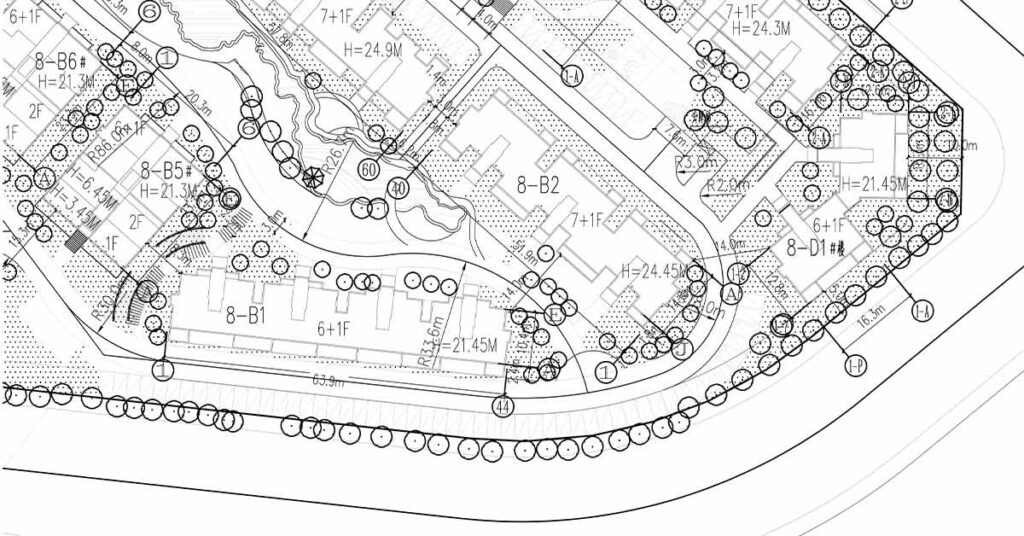
Landscaping Doesn’t Have To Be A Dirty Job
It’s a popularized notion that, if everyone isn’t on the same page, even the most capable system can derail into disaster. An aggregate system that enables smoother intraoffice communication limits the burden of monotonous tasks, and cuts down on unnecessary expenditures is a blanket beneficial solution.
Who Benefits From Landscaping Technology Advancements?
Landscape designers are tasked with the core job of creating CAD (Computer-Aided Design) drawings and renderings of projects on top of managing daily administrative tasks. This includes customer follow-ups, payment collecting, and invoice deliveries. Designers can use this software to develop 3D renderings as well as store customer details and draft invoices.
Groundskeeping businesses maintain gardens, porches, and lawns for their clients, which involves heaps of paperwork and documentation. The right landscaping software can help drain the flood of files and folders through efficient record keeping, reducing the chance of tasks falling by the wayside.
Irrigation companies face the major obstacle of managing customer details, billing records, and equipment inventory. Technological strides pave quick accessibility to customer details, including their service history and the equipment used on a centralized online dashboard, resulting in more efficient customer service.
General contractors are saddled with a parade of responsibilities that include customer retention, safety standards, and project expenses. Incorporating a digitized deskmate can help track crew’s performance, heighten customer communication, automate billing and invoices, and keep a closer eye on project deadlines from one single system.
Flex Your Consumer and Financial Portfolios With Green Industry Software
If you’ve been a business owner during the Information Age, you’ve at least caught wind of the abbreviation CRM. If you haven’t, you might be a little behind the game, so let’s catch you up to speed. Standing for Customer Relationship Management, CRM is the technology for managing a company’s relationships and interactions with customers as well as potential customers. Simply put, CRM improves business relationships to grow business. Not a bad win-win scenario, right?
While CRM technology takes care of the customer data used by sales and customer service departments, Enterprise Resource Planning, or ERP, is reserved for the financial end of the gamut. ERP software manages and integrates a company’s financials, supply chain, operations, commerce, manufacturing, reporting, and HR initiatives. Working hand-in-hand, CRM and ERP are crucial to business survival in today’s competitive and technologically democratized market. Let’s explore how each of these veins can work together to steady, and even improve, your enterprise’s heart rate.
Creating Time Through Combining Tasks
Landscaping is a dirty profession–literally. If landscapers aren’t willing to get wrist-deep in mulch and compost, then why be in the business? Regarding the operational side of the business, however, technology is the window to smoother day-to-day responsibilities.
Some common answers to landscaping operational dilemmas include:
- Scheduling: Keeping–and showing up on time to appointments is the nucleus of a business’s integrity. Scheduling recurring appointments can reduce patterned tasks by an employee or team and prevent scheduling mistakes with a one-and-done action. Plug-ins for online appointment requests are also available, leaving more time to focus on other to-do items.
- Billing and invoicing: Most green industry technology comes with capabilities to send templated invoices in bulk and complete electronic transactions. Many are even packaged with accounting software such as QuickBooks or Xero.
- Sales: Emerging software can assist landscaping company owners, track sales and profits over the course of the year, and pinpoint room for improvement in your business model.
Enhance Your Business Standards Through Jobber And LMNPro
Originally designed as a landscape estimating and timesheet software, LMNPro now offers CRM tools to assist with sales processes and other capabilities such as photo storage, including site maps and project details. LMNPro’s more-than-manageable file and photo storage feature alone is a championed system that hinges on three pillars of success: organization, organization, and organization. As your business grows, so does your customer base, leading to an expanded portfolio that can be used to increase the likelihood of closing a sale. Your goal during a customer presentation is to showcase your skills, and before and after photos can be the visual advantage you need to get the “yes”. However, if your photos are scattered all throughout your computer’s fileverse, the only thing you’ll be showcasing is your lack of dependability. LMNPro allows you to instantly upload unlimited documents and photos to your CRM so that all of your customer information is under one clean-cut roof.
Addressing pitfalls that result from unintegrated systems and manual processing, Jobber’s software offers a better handle on the daily ins and outs of your lawn care or landscaping business. Many applications cover one or a few pieces of ground, but Jobber is the Renaissance man of the integrated suite scene. Jobber offers features such as electronic invoicing and payment collection, convenient scheduling through a drag-and-drop calendar tool, efficient managing with itemized to-do lists and time tracking, and a CRM tool with quoting capabilities for your client database.
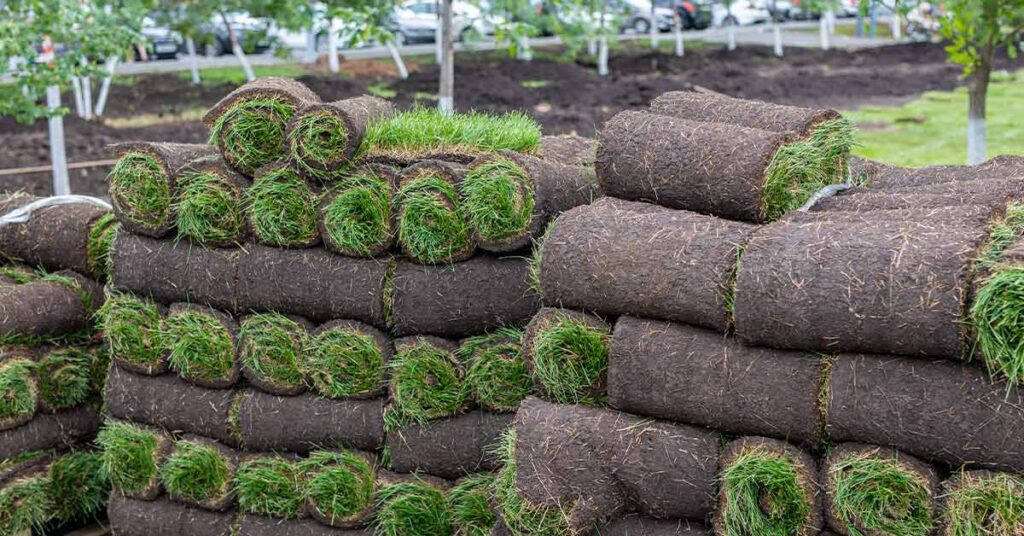
Drive Your Business Forward With Fleet Technology
It’s hard to move past the year 2020 when our routines continue to source influence from the year’s events. Arguably the largest of those affected have been business owners. The 2021 Fleet Technology Trends Report unveiled an 8% increase in the adoption of fleet technology between 2019 and 2020. The pandemic may have been the fulcrum behind this increase as fleets were presented with new hurdles like social distancing and remote work, but 2022 reports illustrate that it wasn’t just a grab-and-go measurement.
For the second consecutive year, more than 70% of Report respondents said they are leveraging fleet tracking technology to have a better grasp on their operations, signaling the effectiveness of their solutions and continued commitment to technology. Now, fleets are battling new challenges, such as the rise in last-minute deliveries, soaring costs, and the threat of false claims. Fortunately, a solution has breached the horizon to rescue these resulting predicaments. It’s not a bird; it’s not a plane–it’s telematics.
Telematics is the method of monitoring cars, trucks, equipment, and other assets by using GPS technology and onboard diagnostics. More importantly, it’s the answer to roadblocks facing business fleets, like increasing costs, shortage of qualified drivers, and matching customer demands.
- Those surveyed reported that fleet technology reduced expenses in accidents, fuel, and labor, helping to offset climbing prices in other categories. More advanced than ever before, video telematics uses AI technology to give fleet managers more visibility by providing a virtual ride along, reducing false claims that, as a result, can cause insurance premiums to skyrocket.
- Telematics allows fleets to gather data concerning driver behavior that can be used to coach employees and boost the quality of the drivers they have on the road. 79% of the surveyed population reported that video telematics assisted with driver safety.
- Employees can address more customers quicker through developments in GPS technology. 42% of respondents said a GPS fleet tracking solution helped them improve routing, 46% claimed it increased productivity, and 48% said it enhanced customer service.
As costs continue to rise, customer expectations become greater, and operating a safe fleet is increasingly growing more crucial. Fleet tracking technology gives organizations the data they need to improve their operations in multiple areas of concern. GPS fleet tracking technology encourages fleets to make data-rooted decisions, enabling them to better navigate whatever comes next.
Stay tuned for Part II of our series to discover how robotics is revolutionizing the professional landscaping corner through drones, lawn maintenance mechanics, and other business-boosting bots.


